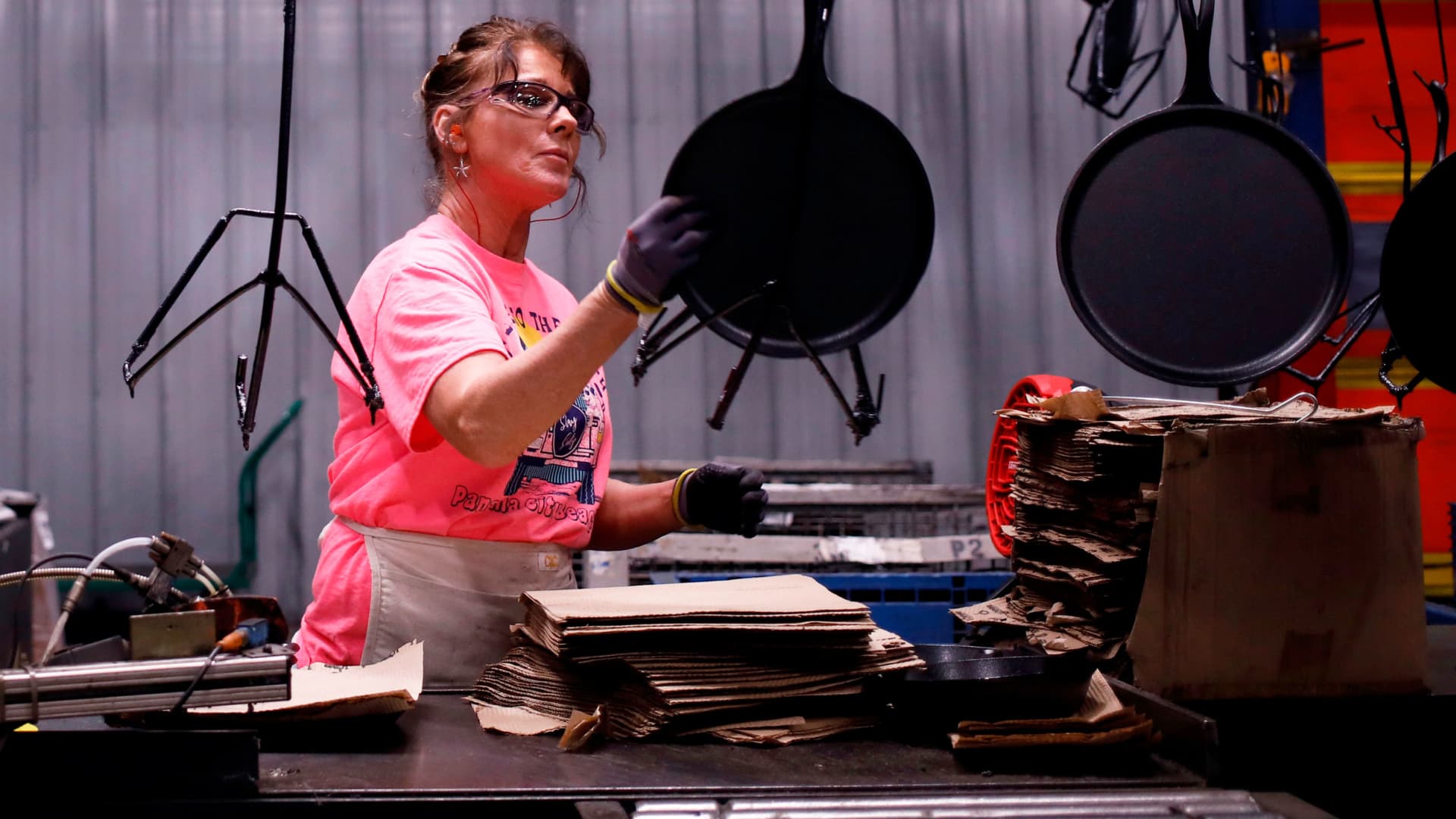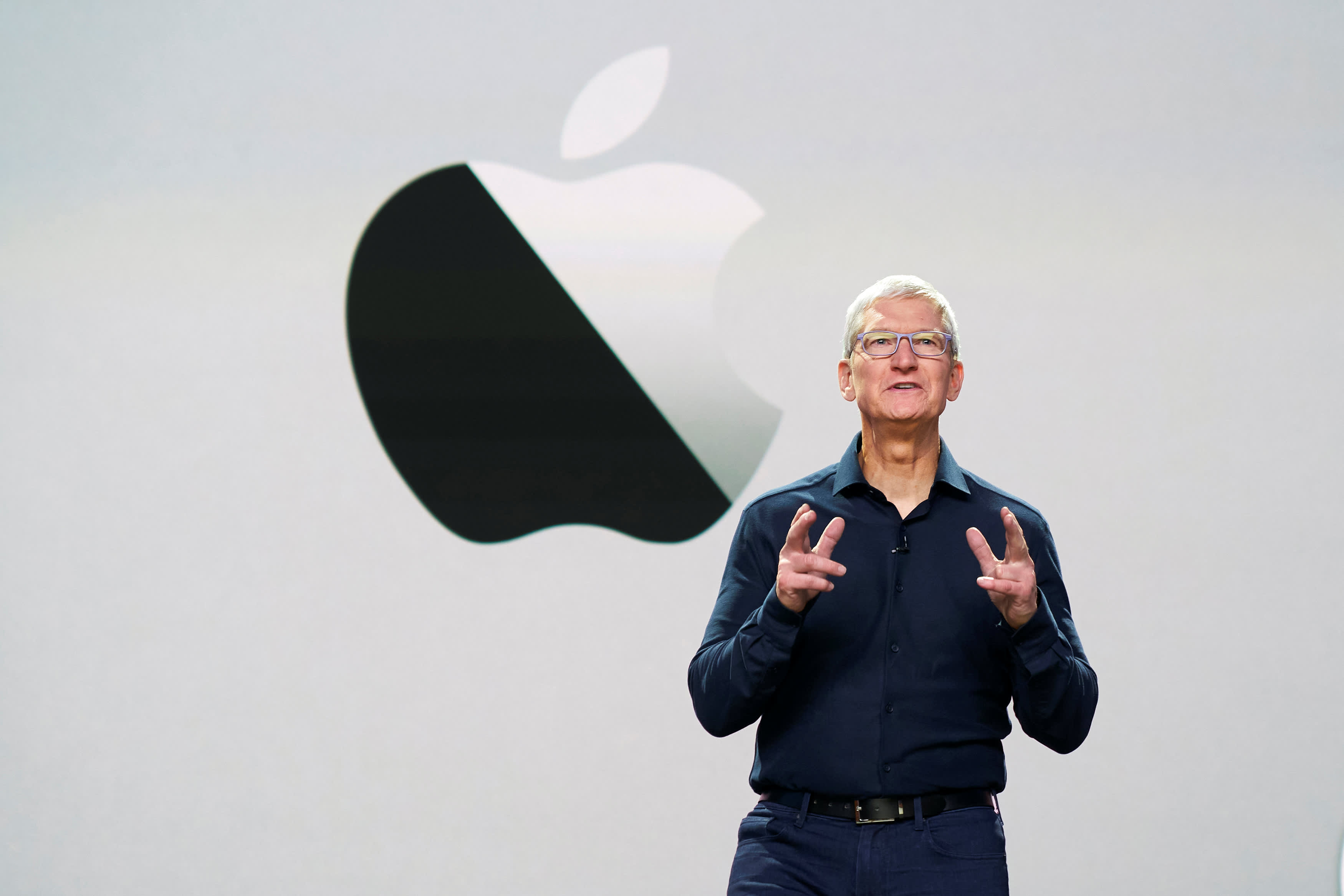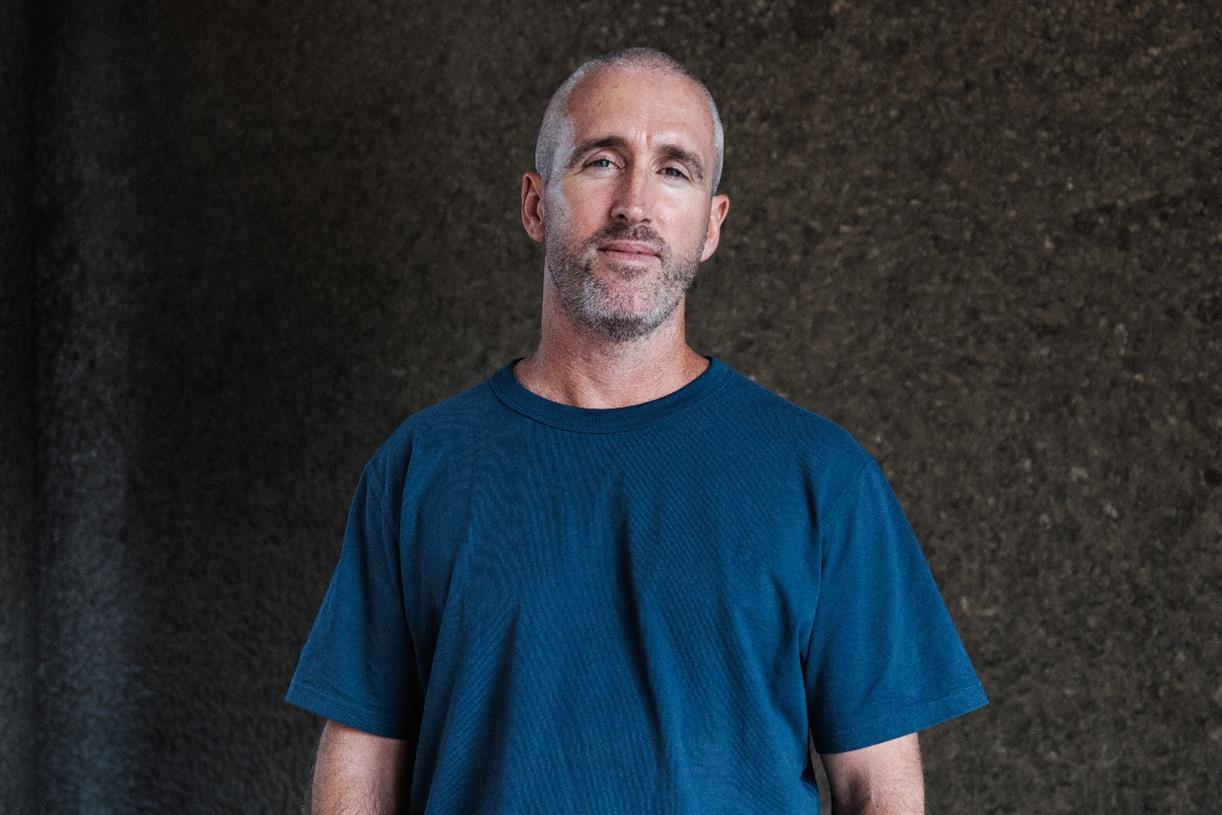Payrolls increased 372,000 in June, more than expected, as jobs market defies recession fears
Nonfarm payrolls were expected to increase by 250,000 in June, according to Dow Jones estimates.

Job growth accelerated at a much faster pace than expected in June, indicating that the main pillar of the U.S. economy remains strong despite pockets of weakness.
Nonfarm payrolls increased 372,000 in the month, better than the 250,000 Dow Jones estimate and continuing what has been a strong year for job growth, according to data Friday from the Bureau of Labor Statistics.
The unemployment rate was 3.6%, unchanged from May and in line with estimates. An alternative measure of unemployment that includes discouraged workers and those holding part-time jobs for economic reasons fell sharply, dropping to 6.7% from 7.1%.
"The strong 372,000 gain in non-farm payrolls in June appears to make a mockery of claims the economy is heading into, let alone already in, a recession," said Andrew Hunter, senior U.S. economist at Capital Economics.
Stocks opened slightly weaker following the news while government bonds were sharply higher. The 10-year Treasury yielded 3.06% around 9:30 a.m. ET. That was still below the 2-year yield of 3.103%, a relationship called an "inversion" that historically has been a reliable recession signal.
Wage gains strong, Fed on track for hike
June's gains marked a slight deceleration from the downwardly revised 384,000 in May. April's count was revised down to 368,000.
Average hourly earnings increased 0.3% for the month and were up 5.1% from a year ago, the latter number slightly higher than the 5% Dow Jones estimate and indicative that wage pressures remain strong as inflation accelerates. Earnings most recently peaked at 5.6% annually in March.
The wage number means Federal Reserve officials "are likely to press ahead with aggressive rate hikes over the coming months," Hunter added. Policymakers have indicated a 0.75 percentage point rate hike is likely at their July meeting.
"Do the big rate hikes when the economy is strong and the labor market can take it," Fed Governor Christopher Waller said Thursday.
By sector, education and health services led job creation, with 96,000 hires, while professional and business services added 74,000 positions. Other contributors included leisure and hospitality (67,000), Health care (57,000), and transportation and warehousing (36,000).
Other sectors showing strong gains included manufacturing (29,000), information (25,000) and social assistance (21,000). Government jobs fell by 9,000.
There was some disparity in the numbers: The headline figure for job creation under the BLS' establishment survey was strong. But the survey of households showed a decline of 315,000, leaving the total jobs count 755,000 shy of its February 2020 pre-pandemic level.
"This report reflects that our labor market remains strong despite the challenges and headwinds, and it reflects the fact that the U.S. economy has got some room to face the challenges as the Fed negotiates inflation and as we deal with the war of Russia against Ukraine," Cecilia Rouse, chair of the White House's Council of Economic Advisers, told CNBC.
Recession watch
The gains come despite an inflation rate running at the fastest pace since the early 1980s. Prices have soared at the pump and the grocery store, as well as in virtually all other aspects of daily life.
To combat rising inflation, the Fed has instituted a series of interest rate hikes aimed at slowing the economy without causing a recession. However, recent indicators show that growth has cooled considerably.
Inflation has hit lower-income households especially. Bank of America credit and debit card data shows spending among the sector fell 1% year over year as of June 30, a potentially ominous sign for an economy that draws more than two-thirds of its growth from consumers.
Gross domestic product contracted 1.6% in the first quarter and is on pace to decline 1.9% in the second quarter, meeting the common definition of a recession. Slower spending and a sharp decline in private investment is responsible for much of the pullback.
The jobs market has been seen as the bulwark against a recession, and June's numbers show that the employment pillar remains strong.
"The June jobs report was very strong, even stronger than expected. Job growth was well above the consensus expectation, the unemployment rate held just above a decades-long low, and wage growth was solid," wrote Gus Faucher, chief economist at PNC Financial Services Group. "This very strong job growth clearly demonstrates that the US economy is not anywhere close to recession in mid-2022."

 Tekef
Tekef 






























